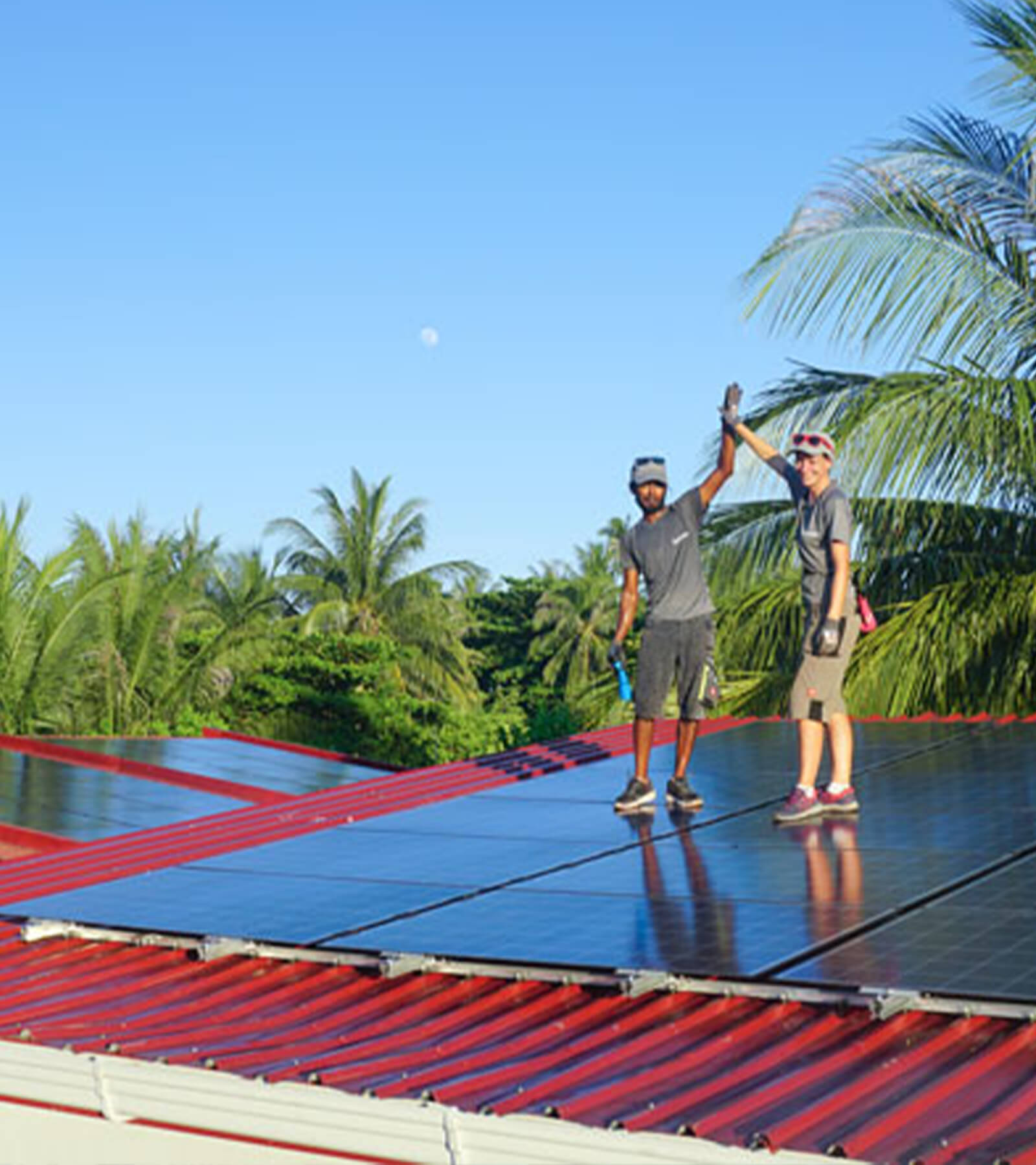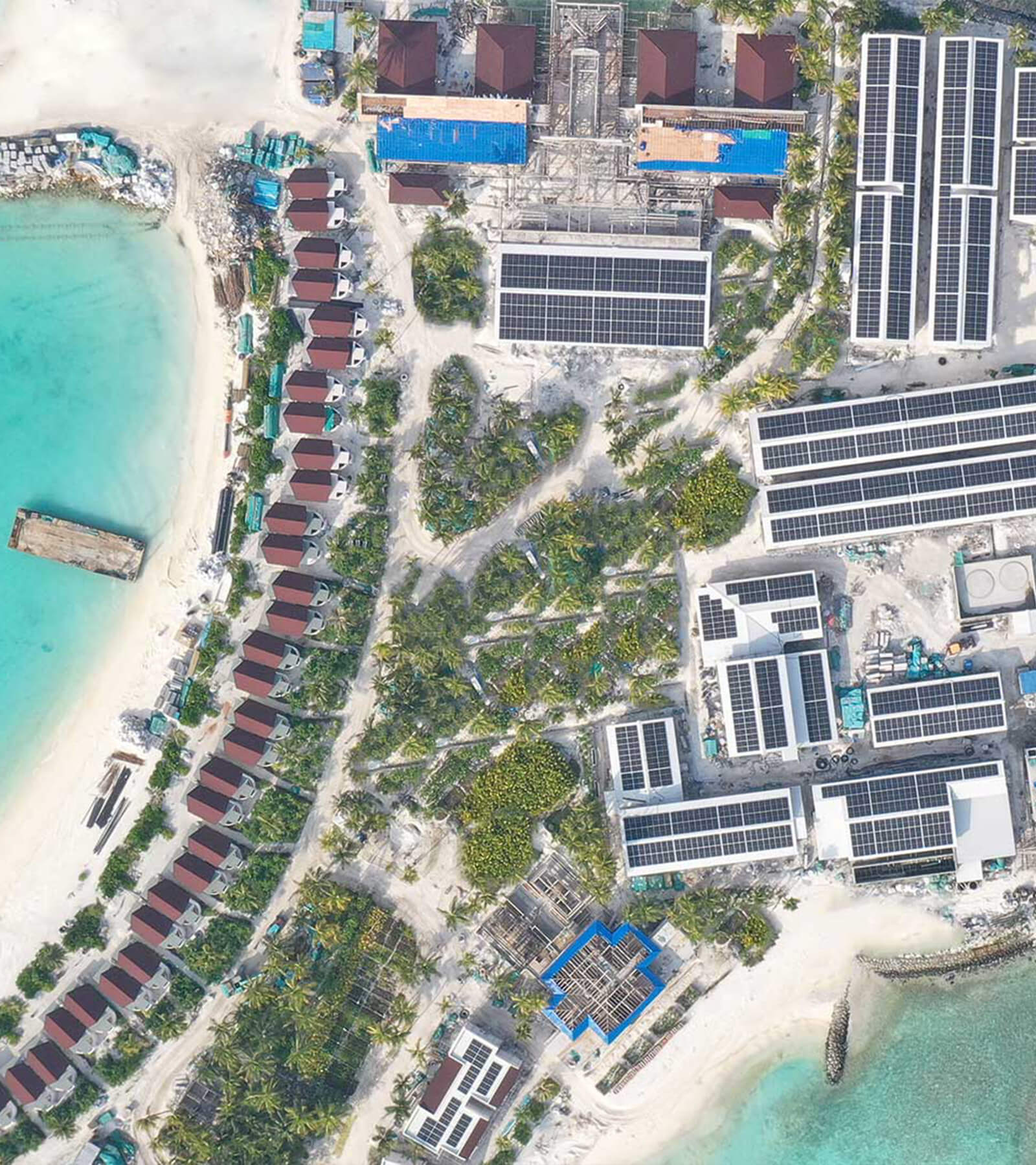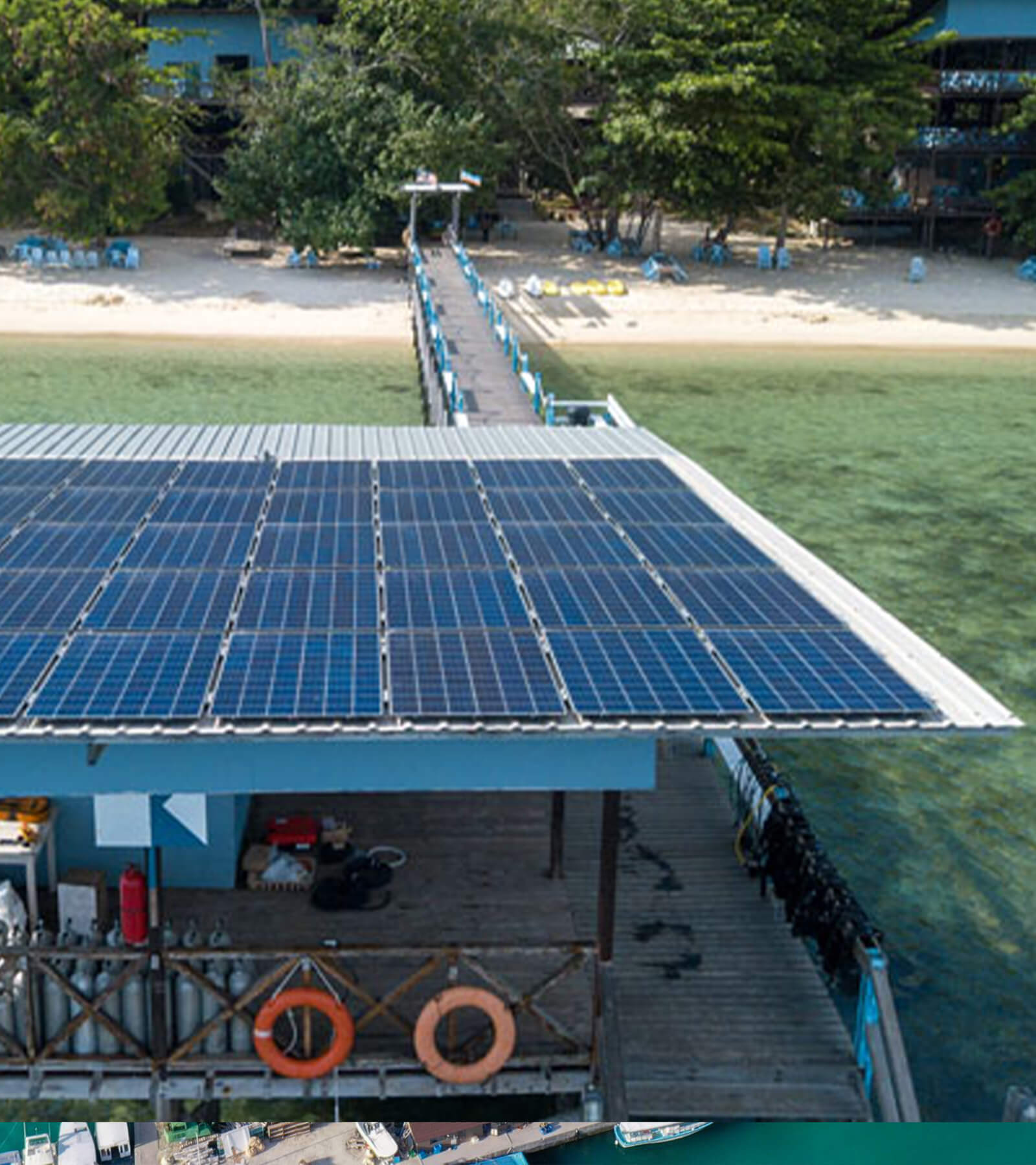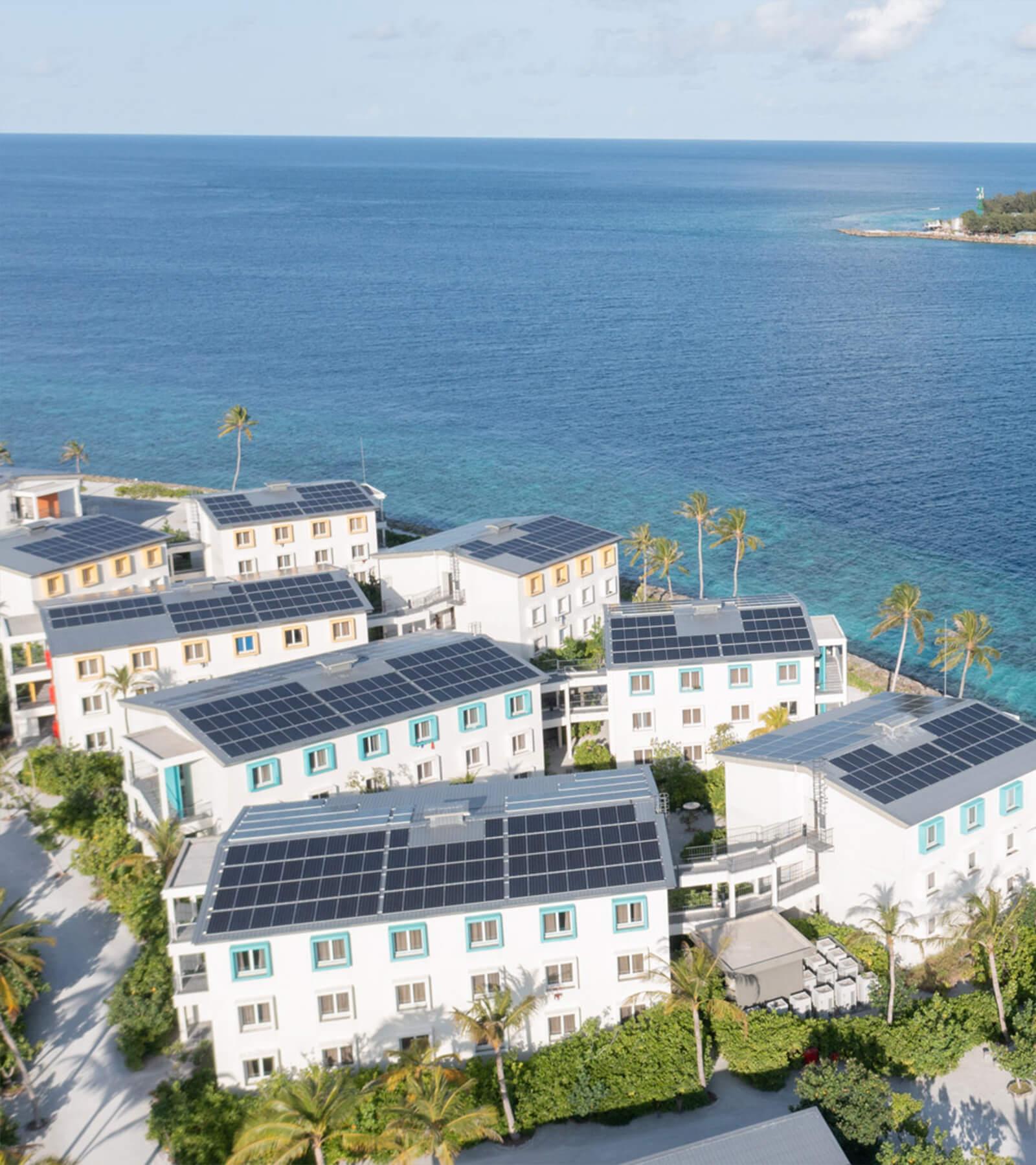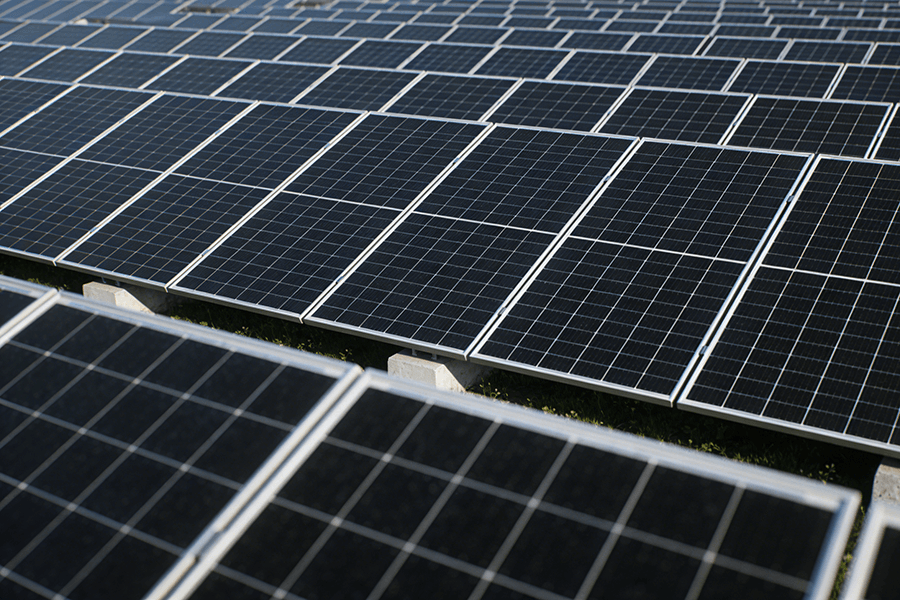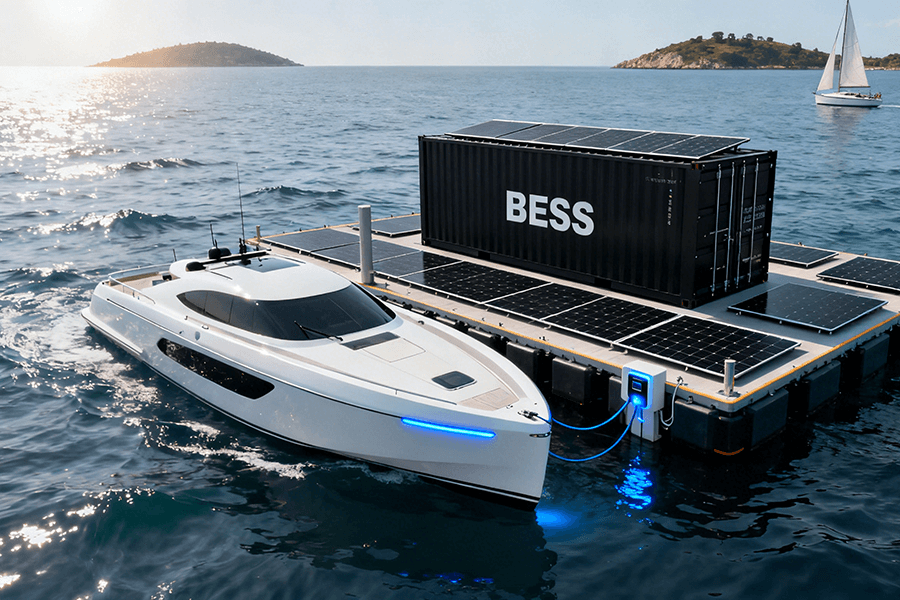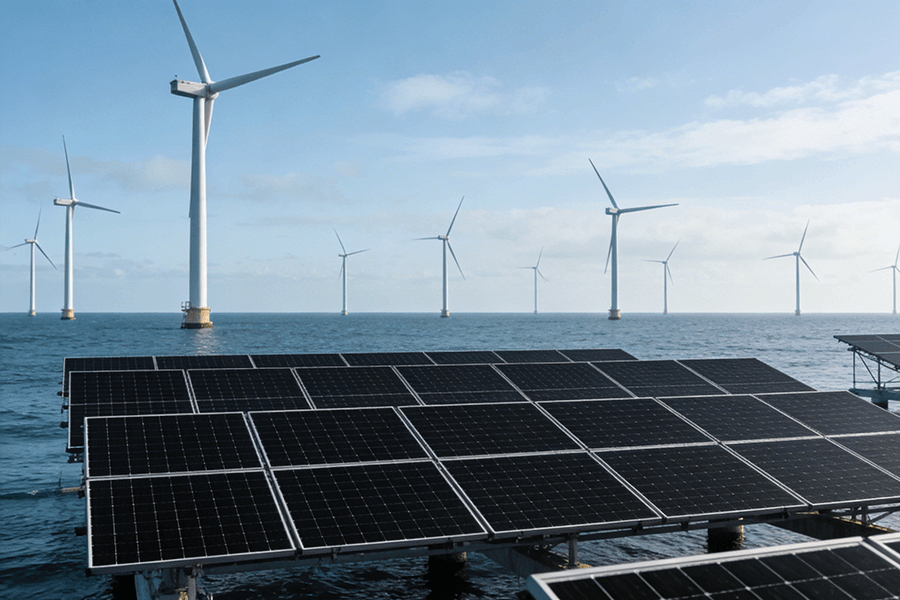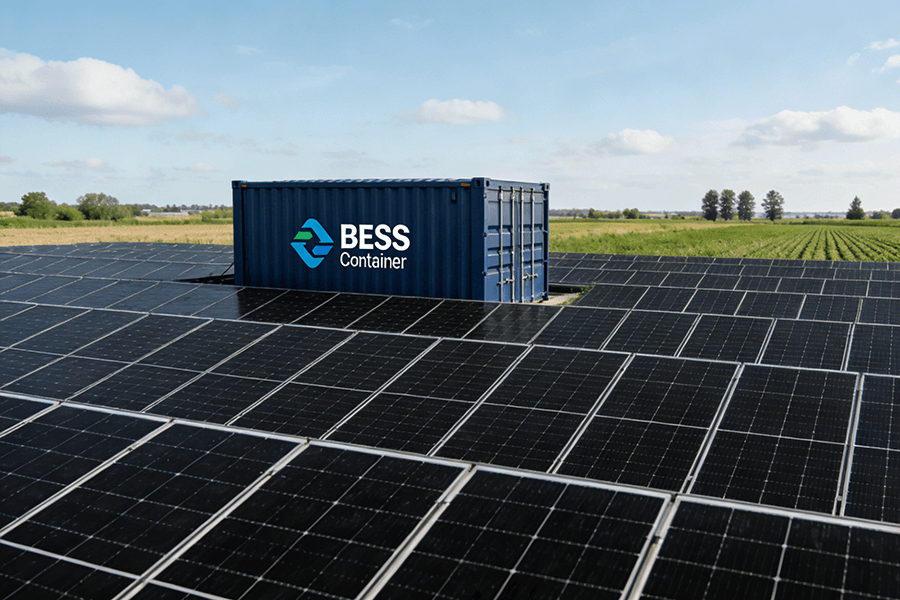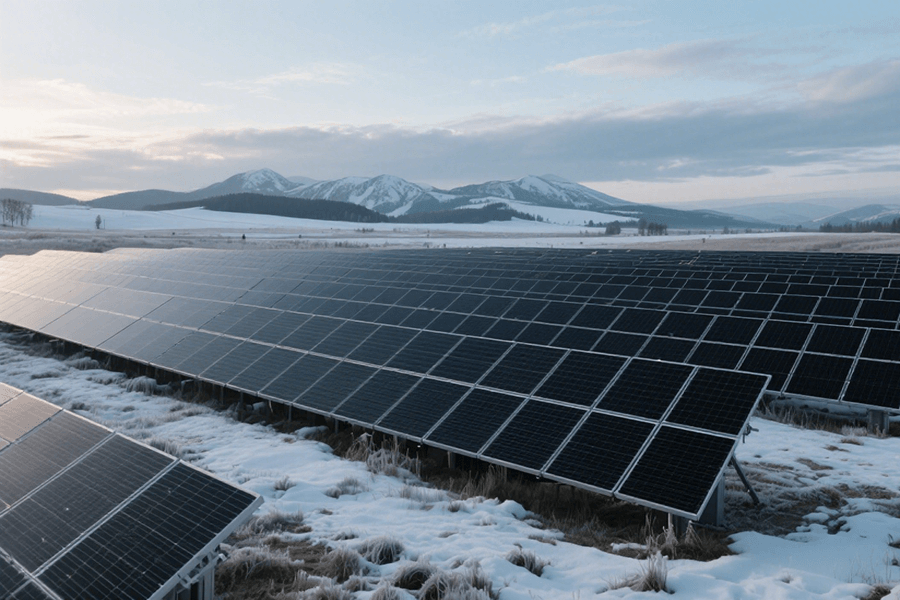
Winter in Europe is a bit of a double-edged sword for solar energy. In Nordic countries, the solar output can take a nosedive, dropping by a whopping 40%—it’s like the sun just decided to take an early vacation! Meanwhile, energy demand spikes as everyone cranks up their heaters to battle the cold. It’s a classic case of “more need, less supply.” This imbalance has been a real headache for solar-dependent regions, but fear not, there’s a hero in the making: the Winter-proof BESS Container.
The Winter Solar Paradox: Why Storage Matters More Than Ever
European solar farms grapple with a complex winter conundrum. Let’s use markdown formatting like headings, lists, and bold text to highlight key points and make the explanation more engaging.
The Winter Dilemma for European Solar Farms
Solar farms across Europe are confronted with a unique set of challenges during the winter months. The combination of shorter daylight hours, lower sun angles, and frequent cloud cover results in a significant reduction in energy production. Simultaneously, frigid temperatures drive up heating demands, creating a perfect storm that strains energy grids.
- Geographical Impact: In Nordic countries such as Sweden and Finland, the disparity between energy supply and demand reaches critical levels. The limited sunlight and extreme cold push existing energy infrastructure to its limits.
- Battery System Shortcomings: Traditional battery energy storage systems (BESS) are ill-equipped to handle these harsh conditions. Cold weather negatively impacts their efficiency, reducing their ability to store and deliver energy effectively. Additionally, winter storms, characterized by heavy snowfall and ice accumulation, pose a significant threat, often leading to sudden outages and leaving communities without power.
Introducing the Winter-Proof BESS Container
Amidst these challenges emerges a revolutionary solution: the winter-proof BESS container. This innovative system is designed to not only withstand the rigors of the European winter but also transform the seasonal energy deficit into an opportunity for sustainable energy management. Engineered with advanced technology and robust materials, it offers a reliable and efficient energy storage solution, ensuring a stable power supply even in the harshest winter conditions.
Cold-Weather Features: Built to Defy the Freeze
This isn’t your average storage container. It’s the unsung hero of the energy storage revolution, engineered to thrive in the harshest winter conditions. Below, we’ll explore the key features that make this BESS (Battery Energy Storage System) container a true powerhouse in extreme cold environments:
Unmatched Cold-Weather Resilience
| Feature | Standard Batteries | Winter-Proof BESS Container |
|---|---|---|
|
Optimal Operating Temperature
|
Above 0°C | As low as -30°C |
|
Cold Performance
|
Efficiency drops significantly; may require external heating | Maintains consistent performance without additional heating |
While conventional batteries struggle to function below 0°C, our specialized container defies the odds. With a remarkable -30°C operational tolerance, it continues to operate seamlessly even in Arctic-like conditions. It’s as if the battery has been equipped with its own high-performance winter gear, ensuring no slowdowns or disruptions in energy storage and discharge.
Advanced Thermal Management System
Phase-Change Material (PCM) Thermal Buffers
At the heart of the container’s thermal regulation lies its Phase-Change Material (PCM) thermal buffers. These innovative materials act like intelligent thermal sponges, working around the clock to maintain a stable internal temperature:
- Daytime Operation: During the day, as the sun beats down, the PCMs absorb excess heat generated by the battery’s operation.
- Nighttime Operation: As temperatures drop at night, the stored heat is gradually released, preventing the battery from freezing and ensuring consistent performance.
This natural, fossil-fuel-free system functions like a sophisticated 24/7 HVAC unit, leveraging scientific principles to keep the battery at an optimal temperature without relying on external energy sources.
Robust Physical Protection
In addition to its advanced internal systems, the container is fortified with insulated enclosures designed to withstand the elements:
- Reinforced Shell: Constructed from durable, weather-resistant materials, the container’s shell provides an extra layer of defense against harsh winter conditions.
- Wind and Snow Resistance: The design effectively blocks wind chill and prevents snowdrifts from affecting the container’s performance, ensuring reliability even in the most extreme weather scenarios.
Emergency Backup Capabilities: Your Winter Safety Net
In addition to its cold-weather prowess, the Winter-proof BESS Container also excels in emergency backup capabilities, offering versatile solutions for both off-grid and grid-connected scenarios.
4-Hour Full-Capacity Discharge
| Feature | Description | Use Case Example |
|---|---|---|
| Full-Capacity Runtime | Provides continuous power equivalent to 100% of its rated capacity for 4 hours | Remote villages with limited access to fuel for traditional generators |
| Instant Activation | Automatic switch from standby to active mode within milliseconds | Mountain lodges experiencing sudden grid failures during blizzards |
| Zero Maintenance | Eliminates the need for fuel refills, oil changes, or exhaust management | Off-grid research stations in arctic regions |
This functionality serves as a self-sustaining power lifeline, particularly valuable in areas where traditional backup generators face logistical challenges. It ensures critical services—such as medical equipment, communication systems, and heating—remain operational during extended outages.
Grid Stabilization
| Scenario | Mechanism | Impact |
|---|---|---|
| Solar Output Fluctuations | Monitors real-time solar generation data and releases stored energy within 0.2 seconds of a detected drop | Maintains voltage stability, preventing brownouts and blackouts |
| Peak Demand Management | Discharges energy during high-consumption periods (e.g., early evenings) | Reduces strain on the grid and defers the need for costly infrastructure upgrades |
| Frequency Regulation | Adjusts power output to match grid frequency requirements (e.g., 50 Hz in Europe) | Improves overall grid resilience against sudden load changes |
During variable weather conditions—such as overcast afternoons or passing clouds—the BESS container acts as a buffer, seamlessly integrating intermittent renewable energy into the grid. This not only stabilizes the power supply but also maximizes the utilization of solar assets, optimizing the economic return on investment for solar farm operators.
Real-World Impact: The 2025 Norwegian Ski Resort Project
Let’s take a look at a real-world example. In 2025, a renowned Norwegian ski resort made a groundbreaking decision to permanently phase out fossil fuels by investing in a 500 kWh BESS Container. Here’s a detailed breakdown of its operational mechanism:
| Season | Energy Generation Scenario | BESS Container Function |
|---|---|---|
| Summer | Solar panels produce surplus energy during extended daylight hours. | Stores excess energy, acting as a high-capacity energy reservoir. |
| Winter | Snow cover reduces solar output by 60%, disrupting energy supply. | Releases stored energy to power essential operations, including: – Radiant floor heating systems – Ski lift machinery – Guest amenities and facilities |
The implementation of the BESS container delivered remarkable results:
- Sustainable Heating: Achieved 100% renewable heating throughout the winter season.
- Zero Fossil Fuel Dependency: Eliminated reliance on diesel generators, significantly reducing carbon emissions.
- Enhanced Guest Experience: Guests enjoyed a guilt-free and comfortable stay, free from concerns about environmental impact or cold indoor temperatures.
Why It’s a Game-Changer: Beyond the Winter
While winter is its time to shine, the BESS container isn’t a one-season wonder. Its year-round advantages span across cost savings, environmental impact, and operational flexibility, solidifying its role as a cornerstone for modern energy infrastructure:
| Benefit Category | Description | Impact on Solar Farms |
|---|---|---|
| Cost Optimization | Reduces reliance on expensive peak-time grid electricity by storing excess solar energy during off-peak hours. | Significantly lowers operational expenses, improving long-term profitability. |
| Sustainability | Maximizes solar energy utilization, aligning with the EU’s ambitious carbon neutrality targets. | Contributes to reducing greenhouse gas emissions, enhancing the environmental footprint of solar farms. |
| Scalability | Designed for modular expansion, allowing seamless integration of additional containers to accommodate growing energy demands—from small-scale farms to large industrial complexes. | Offers a future-proof solution, enabling solar farms to adapt to evolving energy needs without major overhauls. |
Cuts Costs: By storing excess solar energy during off-peak hours, the BESS container reduces the need to purchase electricity from the grid during peak demand periods, when prices are typically higher. This strategic energy management not only slashes operational expenses but also improves the long-term profitability of solar farms.
- Boosts Sustainability: In an era defined by climate action, the BESS container plays a pivotal role in maximizing the use of renewable solar energy. By ensuring that generated power isn’t wasted, it directly contributes to meeting the EU’s stringent carbon neutrality goals, reducing greenhouse gas emissions and enhancing the environmental footprint of solar farms.
- Scales Easily: Engineered with modularity at its core, the BESS container system is designed for seamless expansion. Whether it’s a small community solar farm or a sprawling industrial energy hub, additional containers can be integrated effortlessly as energy requirements grow. This scalability offers a future-proof solution, enabling solar farms to adapt to evolving energy landscapes without major infrastructure overhauls.
Conclusion
The Winter-proof BESS Container isn’t just another energy storage unit—it’s a game-changer for solar-dependent regions. In the face of Europe’s harsh winter months, when solar energy production naturally wanes, this innovative solution transforms what were once insurmountable energy challenges into promising opportunities. It serves as a powerful testament that renewable energy can not only survive but thrive, even during the sun’s extended “holidays.”
Pioneering the Future with Maxbo Solar
At Maxbo Solar, we take immense pride in leading the charge in this groundbreaking energy revolution. Our commitment to excellence drives us to engineer winter-proof BESS containers that are specifically designed to conquer Europe’s most unforgiving climates. These containers seamlessly blend rugged durability with cutting-edge smart technology, ensuring optimal performance in even the most extreme conditions.
Tailored Solutions for Every Need
Whether you’re managing a bustling ski resort that requires a reliable energy supply to keep the lifts running and the lodges warm, overseeing a rural community that depends on consistent power for daily life, or operating a large-scale solar farm striving to maintain efficiency throughout the year, we have the perfect solution for you. Our winter-proof BESS containers are engineered to keep the energy flowing, regardless of how low the mercury plummets.
Discover the Maxbo Difference
Ready to fortify your energy project against the winter chill and beyond? Visit us at www.maxbo-solar.com today. Explore how our winter-proof BESS containers can provide the resilience your project needs to not only weather the winter but also shine bright in every season that follows.

